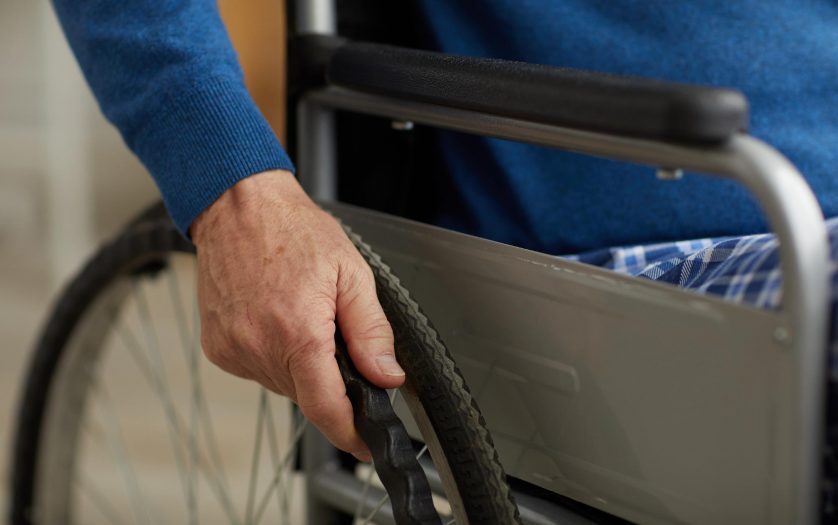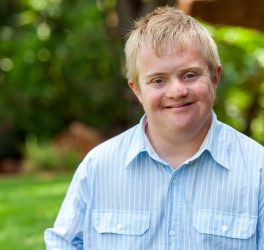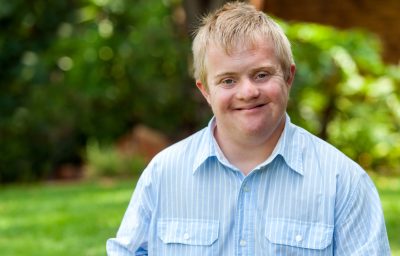
A new survey of U.S. physicians finds that more than 80% believe people with severe disabilities have worse quality of life than nondisabled people, an attitude that may contribute to health care disparities among persons with disabilities.
The study surveyed 714 practicing physicians from multiple specialties and locations across the country about their attitudes toward patients with disabilities.
“That physicians have negative attitudes about patients with disability wasn’t surprising,” says Lisa I. Iezzoni, MD, lead author of the paper and a health care policy researcher at Massachusetts General Hospital (MGH). “But the magnitude of physicians’ stigmatizing views was very disturbing.” For more than 20 years, Iezzoni has studied health care experiences and outcomes of people with disability and is herself disabled by multiple sclerosis diagnosed in 1980, her first year in medical school.
Only 40.7% of surveyed physicians reported feeling very confident about their ability to provide the same quality of care to patients with disabilities as their other patients received. And just 56.5% strongly agreed that they welcomed patients with disabilities into their practices. The physicians who reported being most welcoming to patients with disability were female and practiced at academic medical centers. The Americans with Disabilities Act of 1990 requires that people with disability receive equitable health care.
That most surveyed physicians did not give socially desirable answers about their perceptions of people with disability indicates their certainty in their beliefs, says Iezzoni. “We wouldn’t expect most physicians to say that racial or ethnic minorities have a lower quality of life, yet four-fifths of physicians made that pronouncement about people with disabilities. That shows the erroneous assumptions and a lack of understanding of the lives of people with disability on the part of physicians.”
“Our results clearly raise concern about the ability of the health care system to ensure equitable care for people with disability,” adds senior author Eric G. Campbell, PhD, professor of Medicine and director of research for the Center for Bioethics and Humanities at the University of Colorado Anschutz Medical Campus. The paper cites examples from Iezzoni’s and others’ research demonstrating that individuals with disabilities often receive inferior care. Many surgeons assume, for example, that women with early-stage breast cancer who use wheelchairs want a mastectomy instead of breast-conserving surgery, believing that women with disability don’t care about their appearance. And during the surge of the COVID pandemic in March, when resources such as ventilators were scarce, the Office for Civil Rights at the U.S. Department of Health and Human Services felt compelled to issue a warning to health care providers that people with disabilities should not be denied medical care on the basis of disability or perceived quality of life.
The research is a wake-up call for physicians to recognize their biases so they don’t make erroneous assumptions about the values of patients with disability, thereby limiting their health care options and compromising care, adds Iezzoni. “Studies of people with disability show that most don’t view their lives as tragic,” she says. “They’ve figured out how to get around in the world that wasn’t designed for them and view their lives as good quality.”
The authors call for all levels of medical education, including continuing education for practicing physicians, to include training about disability. Currently, most medical schools don’t include disability topics in their curricula. Implicit Association Tests (which measure unconscious bias) related to disability can also raise physicians’ awareness of how their perceptions about disability may be affecting how they practice medicine.
In future research, the investigators plan to explore the extent to which physicians’ perceptions about people with disability contribute to disparities in care, says Campbell. “Our ultimate goal is to ensure equality in care for people with disabilities.”








